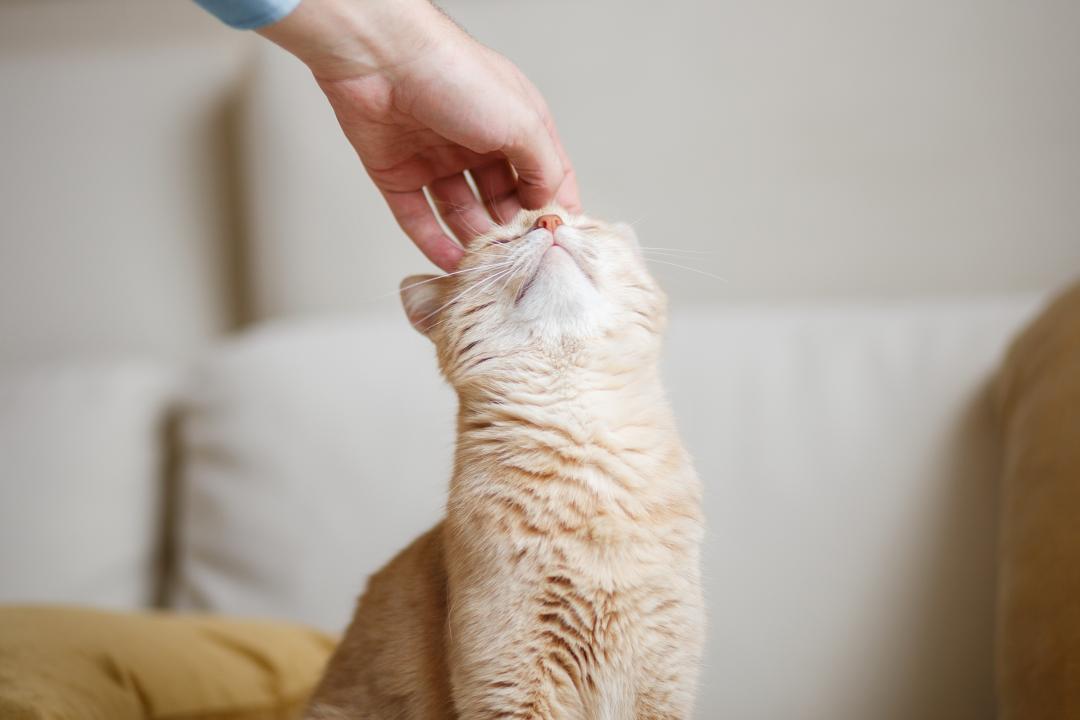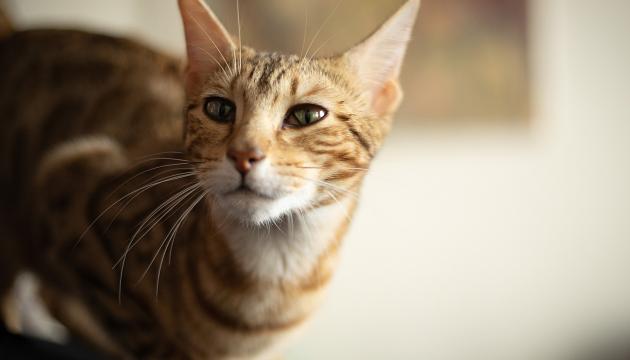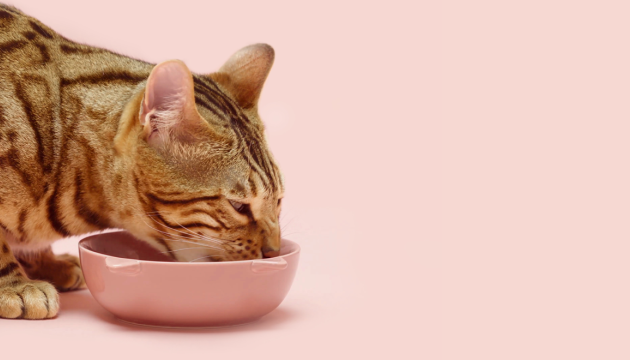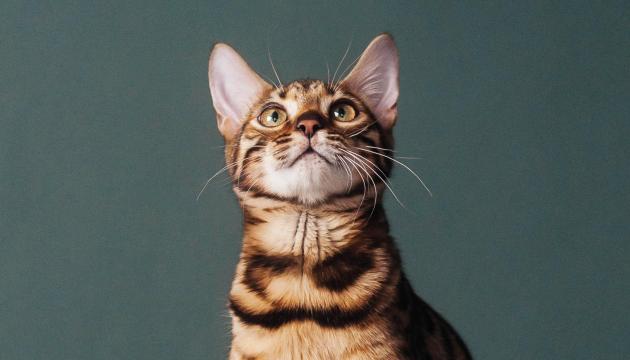

Feeding a spayed or neutered cat
If you have a spayed or neutered cat at home, you should carefully plan its diet. Proper feeding prevents the cat from becoming overweight and helps to keep its urinary tract in good condition. Read this article to find out how to feed a spayed or neutered cat.
Should you have your cat spayed or neutered?
Neutering usually refers to castrating a male cat, but it can also mean spaying or sterilising a female cat. Spaying or neutering is the recommended option if the cat is not going to be used for breeding. Especially if the cat is allowed to roam freely, it is important to neuter or spay the cat, so it does not increase the free-roaming cat population.
The lifespan of a spayed or neutered cat may even be doubled, as sterilising and castrating reduces the risk of contracting Feline Immunodeficiency Virus (FIV) and other viral diseases. In addition, as hormone production stabilises, the cat may become a calmer pet and the cat’s possible tendency to run away can end reducing the risk of being hit by a car or being lost.

Feeding a spayed or neutered cat: what to consider?
As with other cats, the feeding of a spayed or neutered cat is based on high-quality animal proteins and appropriate energy intake in relation to consumption.
Sterilising or castrating a cat reduces the cat's energy consumption by about 30%, because the cat's hormonal activity changes. At the same time, the cat's activity level reduces, and its appetite may increase. As a result of these factors, a spayed or neutered cat easily gains weight. Also, reduced activity can lead to constipation. Find out how to prevent a cat's constipation and see our instructions for feeding a cat with a sensitive stomach.
Is your cat already overweight? Read more about feeding an overweight cat.
A spayed or neutered cat can get bladder stones more easily than one that is not fixed, especially if the cat does not move much and drinks less water. So, a spayed or neutered cat requires a well-planned diet to stay healthy, and the feeding should be checked regularly.
Enriching the cat's environment can encourage even an adult cat to move more than before, which helps support weight management in spayed or neutered cats. See 10 ways for enriching your cat's daily life.
What food for a spayed or neutered cat?
A spayed or neutered cat needs a diet with an optimised ratio of protein, fat and carbohydrates to support weight control and muscle fitness. Cats’ natural sense of thirst is weak, so they must get the most of their water intake from their food. Especially with spayed or neutered cats, wet cat food should always be provided either solely or in addition to dry food. Read our tips for improving your cat's water intake.
If most of your cat's food is wet food, make sure that the food is complete food. A responsible cat food brand clearly states on the packaging whether the food is complete or supplementary. Learn how to evaluate cat food's quality.
Did you know that the popular PrimaCat Classic wet cat food range has its own wet food designed especially for spayed or neutered cats?
The grain-free PrimaCat Classic for sterilized cats contains slightly less fat than other Classic cat foods, and its mineral composition helps to support the cat’s urinary tract health. You can choose either turkey or salmon flavour. These complete cat foods are sold in single pouches and in a convenient multipack. Explore the products.
PrimaCat cat food range also includes two dry foods specially designed for a spayed or neutered cat: grain-free PrimaCat Turkey for Sterilized Indoor Cats, and wheat-free and corn-free PrimaCat Chicken for adult, sterilized indoor cats.
Both dry foods are rich in animal protein and their mineral content has been carefully calculated to promote the urinary tract health of the cat. Also, these cat foods will help support your cat's weight control.




